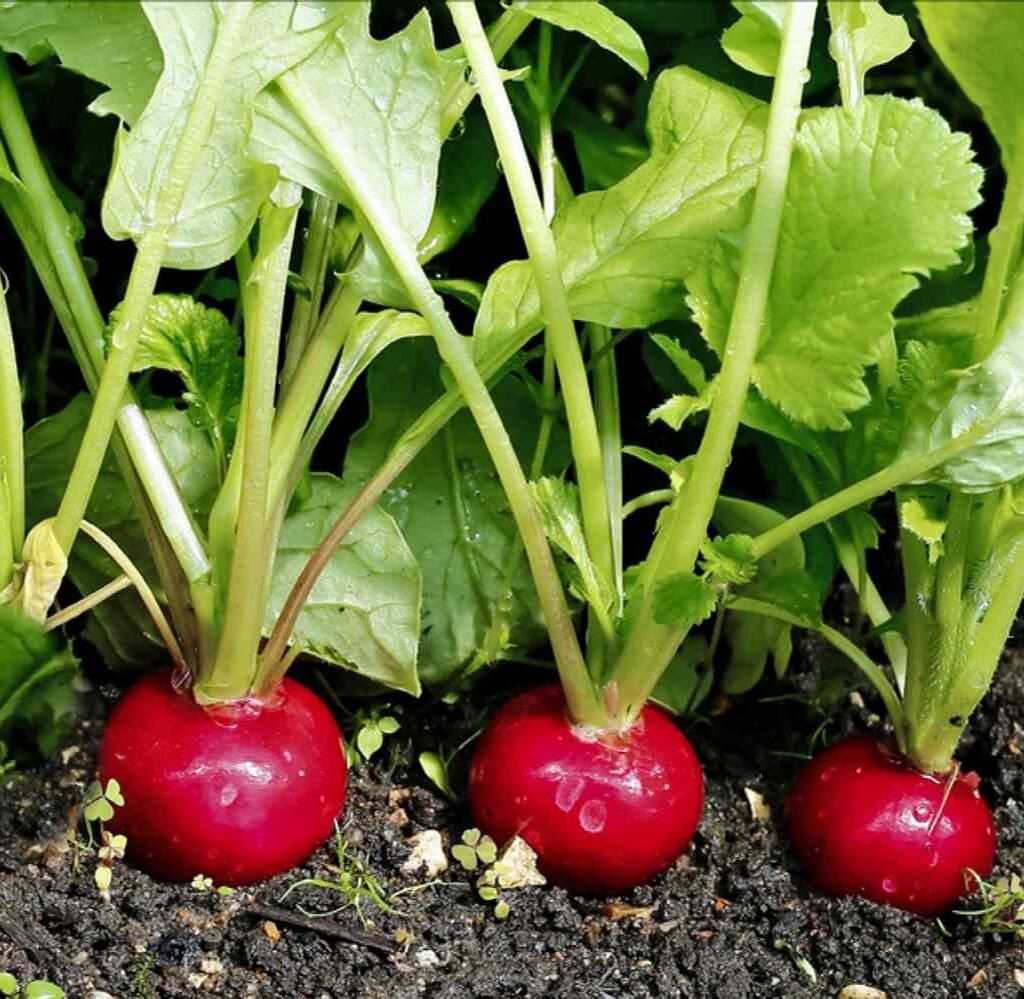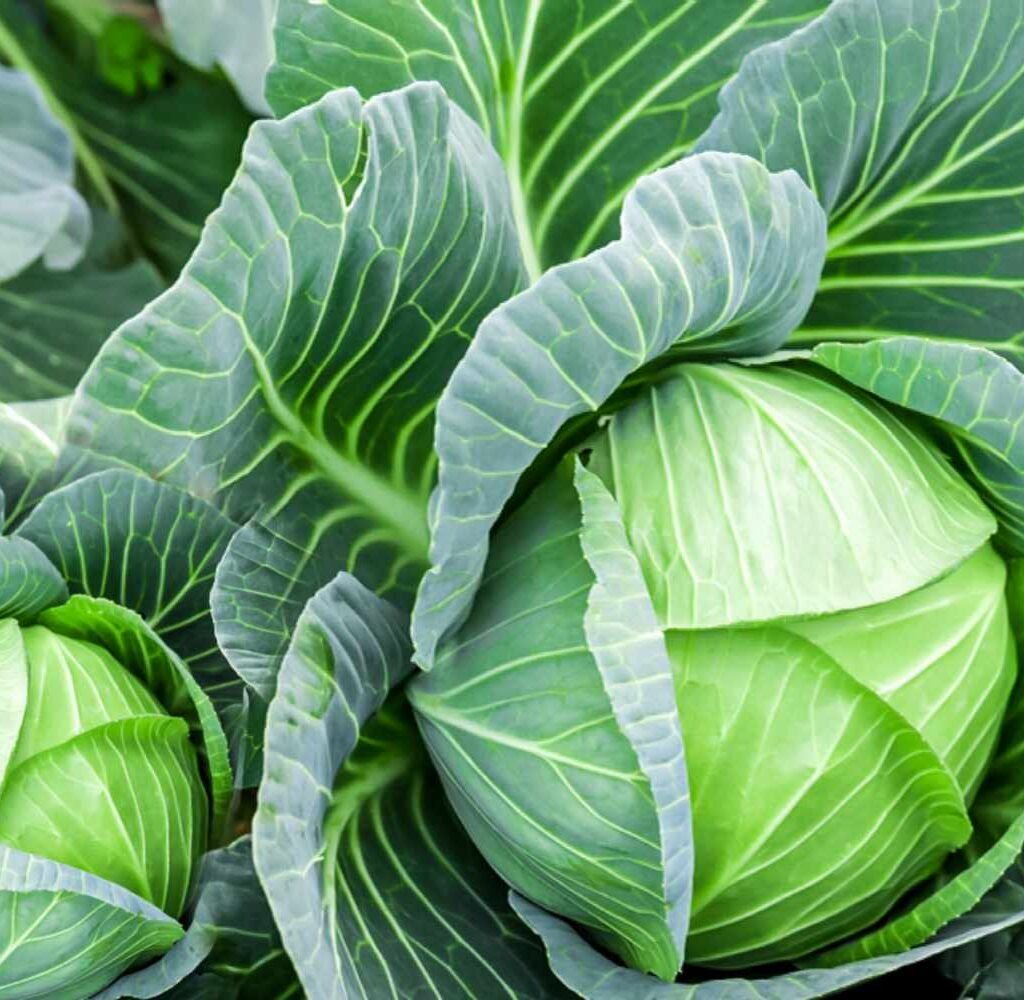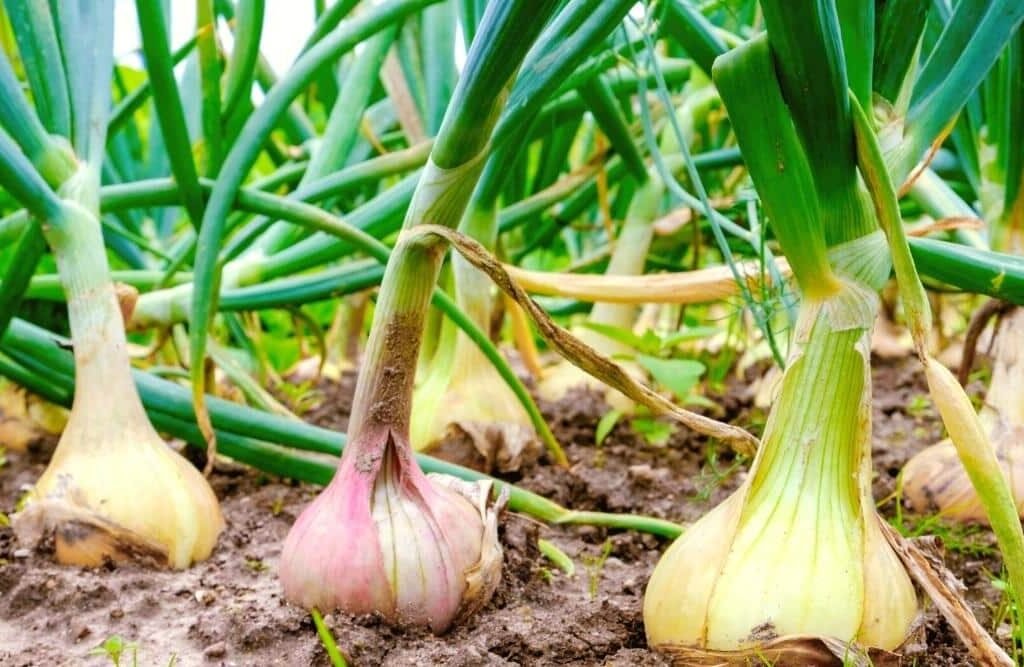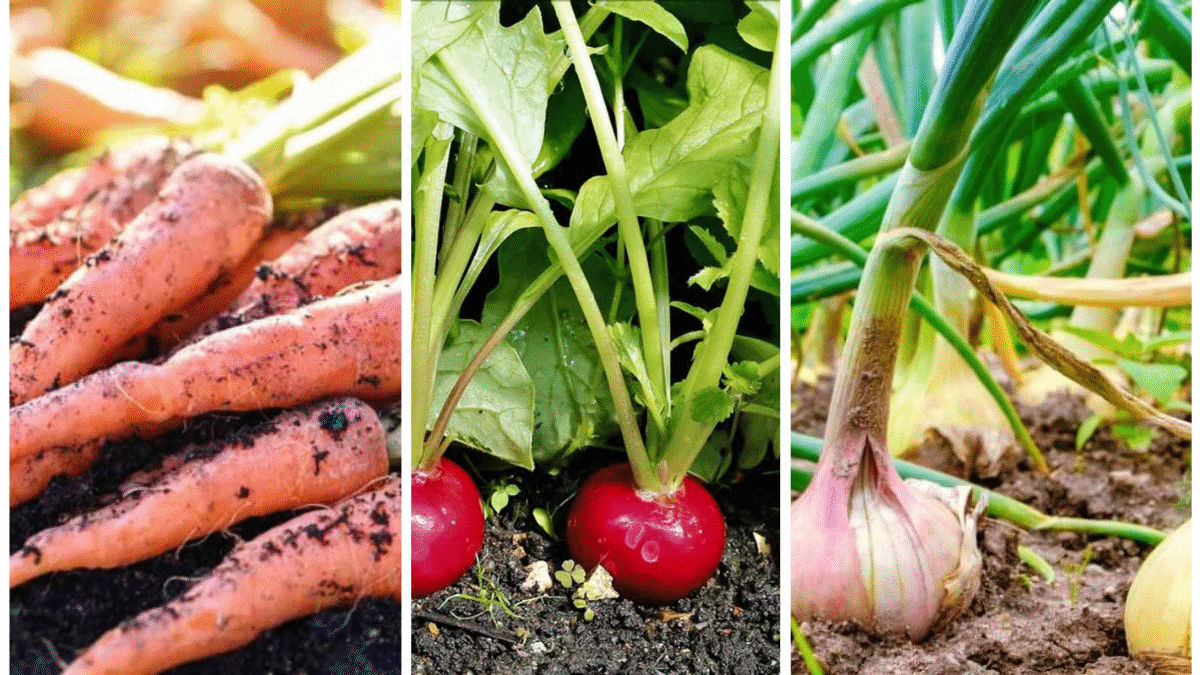Gardening is often associated with the warmth of spring and the vibrant greenery of summer. Yet, for those who understand the rhythm of nature, fall is just as promising a season to sow seeds and harvest nourishing crops. In fact, many vegetables thrive in the cooler temperatures of autumn. If you think you missed your chance to grow fresh produce this year, you’ll be delighted to know that several hardy vegetables can still be planted in fall and harvested before or even after the first frost.
This article explores five hardy fall vegetables you can still plant now, highlighting why they are ideal for the season, how to plant and care for them, and what makes them resilient in cooler weather. By the end, you’ll see that fall isn’t the end of the gardening season—it’s just a new beginning.
Why Fall Gardening Works
Before diving into the list, it’s important to understand why fall is such a good time for certain vegetables. Cooler temperatures reduce pest pressure, meaning your plants face fewer challenges from aphids, caterpillars, and beetles. Soil moisture tends to be more stable as autumn rains arrive, helping seedlings establish themselves with less stress. Furthermore, many vegetables taste sweeter when grown in cool conditions, as cold weather causes plants to concentrate natural sugars as a form of protection.
These factors combine to create an ideal environment for hardy crops that can tolerate light frosts or even thrive after them. Now, let’s look at five vegetables you can still plant for a rewarding fall harvest.
1. Kale – The Frost-Friendly Super Green

Kale is one of the most cold-tolerant vegetables you can grow. In fact, its flavor actually improves after a frost because the plant produces sugars that give the leaves a milder, sweeter taste. That makes fall the perfect time to grow kale, especially if you missed planting it in summer.
Planting Tips
- Soil: Kale prefers well-drained, fertile soil with plenty of organic matter.
- Spacing: Sow seeds about 12–18 inches apart. Thin seedlings to ensure good airflow.
- Timing: Direct sow seeds in early to mid-fall. If you’re in a region with harsh winters, plant them 6–8 weeks before the first expected frost.
Care and Harvest
Keep the soil moist but not waterlogged. Mulch around the base of plants to retain warmth and protect roots during cold nights. You can begin harvesting baby leaves within 30 days or wait for larger leaves around 50–60 days. Pick the outer leaves first, allowing the center to keep producing.
Why It’s Hardy
Kale can survive temperatures as low as 20°F (-6°C). In mild climates, it may continue growing all winter long, making it one of the most reliable fall crops.
2. Spinach – A Quick and Cold-Loving Green

Spinach is another leafy green that thrives in cool weather and can tolerate light frosts. Its rapid growth makes it perfect for fall planting, since you can harvest within just a few weeks of sowing.
Planting Tips
- Soil: Spinach prefers neutral to slightly alkaline soil with good drainage.
- Spacing: Plant seeds about 1 inch apart, in rows 12 inches apart. Thin seedlings to about 3 inches.
- Timing: Sow seeds directly outdoors 6–8 weeks before the first frost date. In regions with milder winters, you can even sow into late fall.
Care and Harvest
Water regularly, as spinach doesn’t like drying out. Cover with row fabric or cold frames if frost is predicted, which can extend your harvest season. You can harvest baby spinach leaves in as little as 3–4 weeks. For mature leaves, wait 6–8 weeks.
Why It’s Hardy
Spinach is frost-resistant and will keep producing until temperatures dip into the low 20s°F (-6°C). In fact, with protection, spinach can overwinter and provide early spring harvests the following year.
3. Carrots – Sweetened by the Cold

Carrots are a root vegetable that truly shines in the fall garden. The cool weather causes them to store sugars in their roots, resulting in sweeter, crisper carrots than those grown in summer.
Planting Tips
- Soil: Loose, sandy soil free from rocks is essential for straight, healthy roots.
- Spacing: Sow seeds thinly, about 2 inches apart, in rows spaced 12–18 inches.
- Timing: Direct sow seeds in late summer to early fall. Carrots need about 70–80 days to mature, but baby carrots can be harvested earlier.
Care and Harvest
Keep soil consistently moist for even germination. Thin seedlings to prevent crowding, which leads to misshapen roots. Mulch to maintain soil temperature and protect against early frost. Harvest once roots reach finger thickness or wait until they are full-sized.
Why It’s Hardy
Carrots tolerate frost very well and can even be left in the ground after the first freeze. In fact, leaving them in the soil longer often enhances their sweetness. Covering rows with straw can help preserve carrots for winter harvests.
4. Radishes – The Speedy Root Vegetable

Radishes are one of the quickest crops to grow, often ready to harvest in less than a month. This makes them a perfect choice for fall planting, as you can still get multiple successions before winter sets in.
Planting Tips
- Soil: Radishes prefer light, well-drained soil with plenty of organic matter.
- Spacing: Sow seeds about 1 inch apart in rows spaced 8–12 inches.
- Timing: Plant every 7–10 days for continuous harvests until frost.
Care and Harvest
Radishes need consistent moisture to avoid becoming woody or overly spicy. Harvest as soon as roots are mature, usually within 25–30 days, to avoid a tough texture.
Why It’s Hardy
While radishes don’t last as long in freezing weather as carrots or kale, they grow so quickly that you can enjoy several crops before winter. Some winter radish varieties, like daikon, are even more tolerant and can grow into late fall.
5. Garlic – The Fall Planting Powerhouse

While garlic isn’t harvested in the same season, fall is the ideal time to plant it. Garlic needs a long growing period and performs best when planted in autumn and allowed to overwinter. By spring and summer, you’ll be rewarded with large, flavorful bulbs.
Planting Tips
- Soil: Garlic prefers rich, well-drained soil with plenty of compost.
- Spacing: Plant cloves 2 inches deep, 6 inches apart, with the pointed end facing up.
- Timing: Plant garlic 4–6 weeks before the ground freezes.
Care and Harvest
Mulch heavily with straw or leaves to protect cloves from freezing. Water lightly until the soil freezes, then resume watering in spring. Harvest when the lower leaves begin to turn brown in early summer.
Why It’s Hardy
Garlic is perfectly adapted to overwintering in cold conditions. By planting now, you’re essentially preparing for one of next year’s most rewarding harvests.
Final Thoughts
Just because summer has passed doesn’t mean your gardening season is over. By planting hardy fall vegetables like kale, spinach, carrots, radishes, and garlic, you can extend your harvest window and enjoy fresh produce well into the cooler months. These crops not only tolerate chilly temperatures but often thrive in them, offering sweeter flavors, tender leaves, and crisp roots.
Whether you want fast-growing greens, sweetened root crops, or the promise of next year’s garlic bounty, fall gardening has something to offer. All it takes is a little planning, the right varieties, and an understanding of your region’s frost dates. So, grab your seeds, prepare your soil, and embrace the beauty of the fall garden—you’ll be glad you did.

Leave A Comment